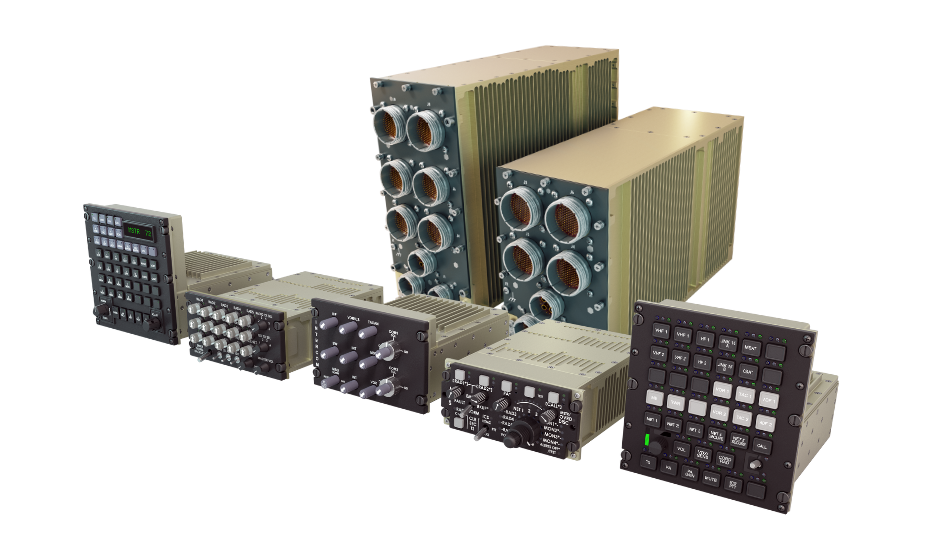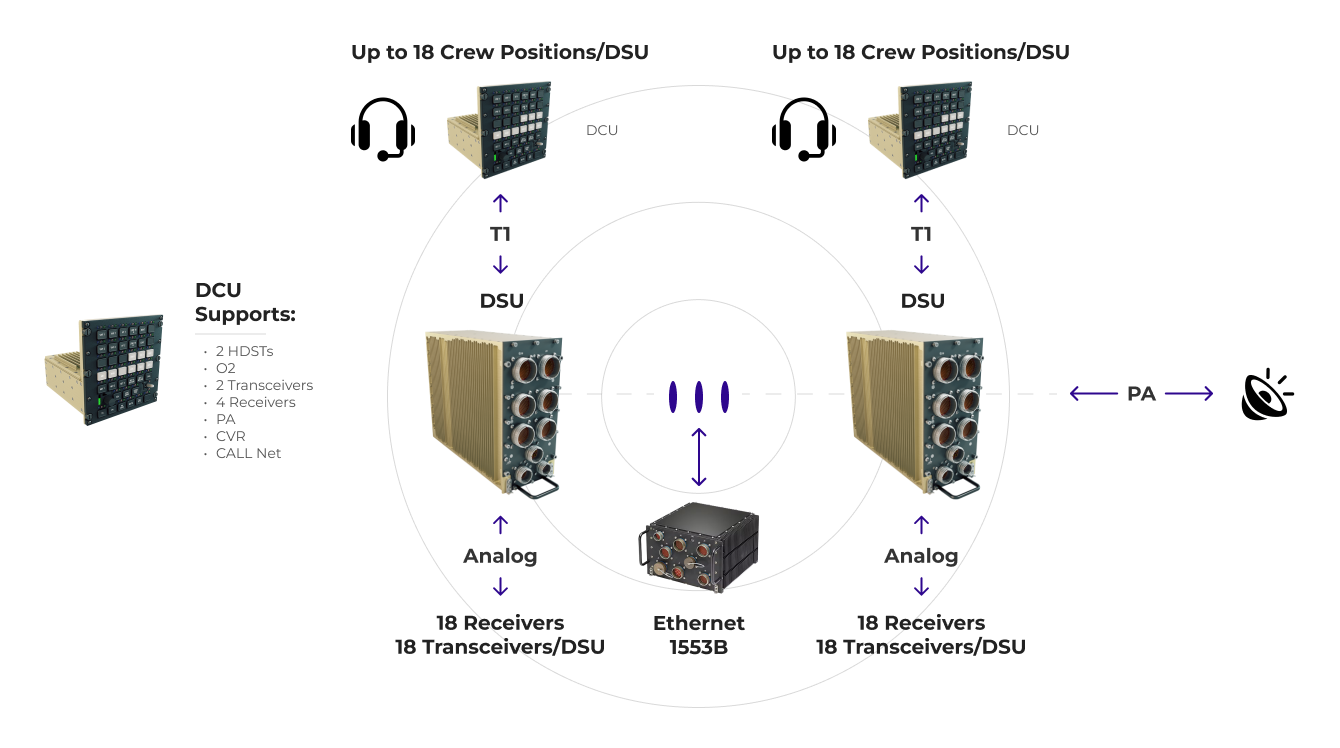What are Compact Digital Secure Communication Systems?
The Palomar digital audio management system integrates with existing and future technologies, offering unparalleled scalability to meet evolving mission requirements. With its native scalability, the Compact Digital Secure Communication System supports the integration of secure communications systems across all levels—from single-platform solutions to large-scale, multi-mission deployments. The system leverages Palomar's proven expertise in TDM switching, IP, and TEMPEST technologies, ensuring high security and performance. Thanks to its modular design, the system allows for easy customization and future upgrades, significantly reducing typical modification costs and timelines.

Compact Digital Secure Communication System Scalable Architecture

Performance Characteristics

Product Overview
Product Brochure
Explore Palomar SCS 3.0, a scalable, secure communication system offering voice, data, and video management for military and aerospace platforms.










